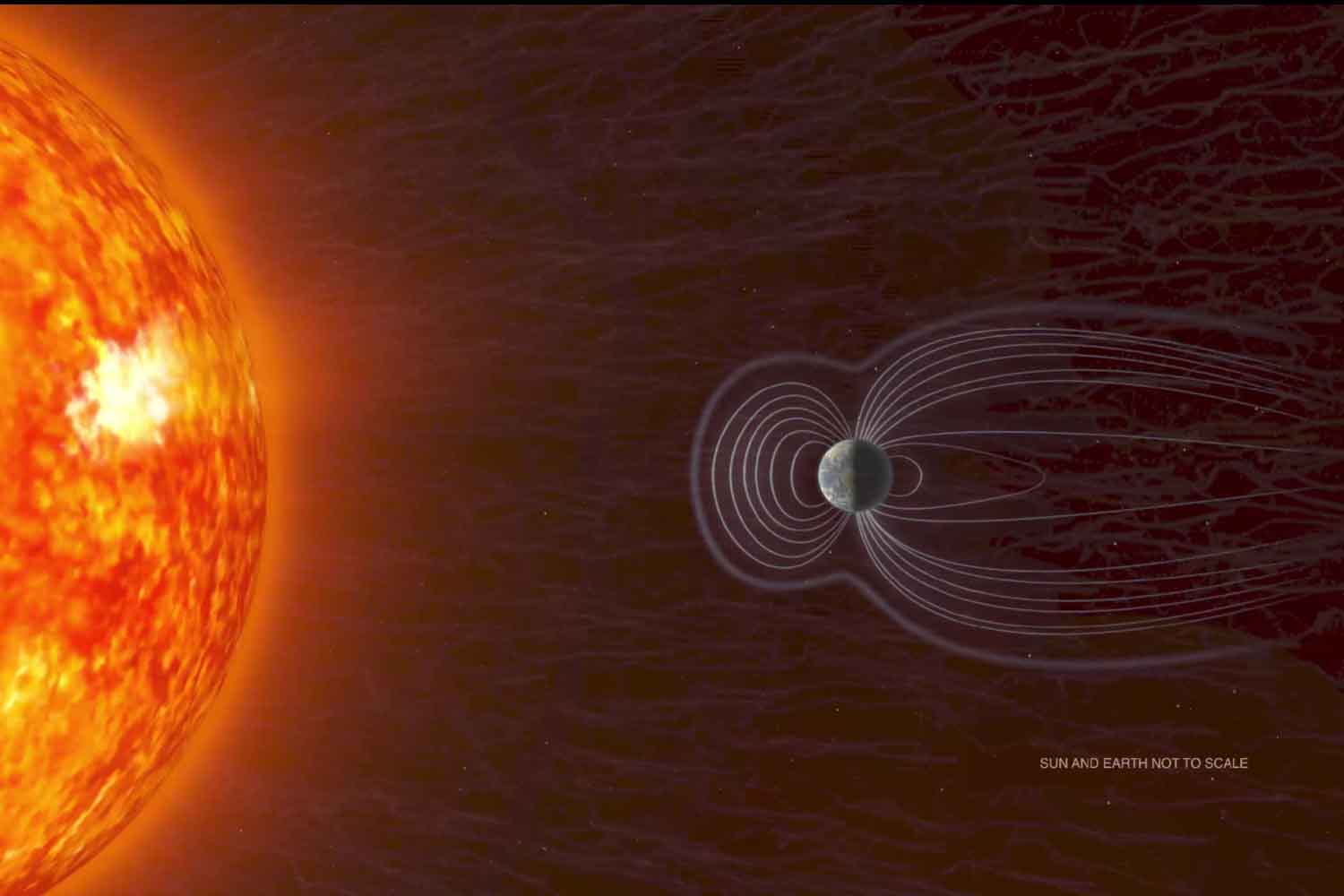NASA’s Parker Solar Probe has captured the closest-ever images of the Sun, revealing key insights into the origins of the solar wind and coronal mass ejections.

©NASA
Getting close to the Sun without burning up has always seemed like the stuff of myth. Until now. NASA has just released the most intimate images ever taken of our star, captured by the Parker Solar Probe at an astonishing distance of just 3.8 million miles (6.1 million kilometers). For perspective, Earth is about 93 million miles (150 million kilometers) away from the Sun.
It was December 24, 2024. While most of us were preparing for holiday dinners, Parker was brushing against the solar corona—the outermost atmosphere of the Sun—traveling at a record-breaking speed of nearly 435,000 mph (700,000 km/h). The images collected during that pass have now been made public, revealing a Sun that is alive, violent, unpredictable—and stunningly beautiful.
Inside the solar wind
What Parker captured goes far beyond solar selfies. It dives straight into the core of a phenomenon that affects us more than we realize: the solar wind. This constant stream of charged particles flows outward from the Sun and surges through the entire Solar System, reaching even Earth.
Using the WISPR imaging instrument, Parker’s cameras managed to capture the very regions where this wind originates. You can clearly make out the shifting lines of the magnetic field—what scientists call the heliospheric current sheet—and even see coronal mass ejections (CMEs): gigantic clouds of plasma that collide with each other and sometimes head our way. These can cause auroras, but also interfere with satellites and electrical grids.
As Angelos Vourlidas, the lead scientist for WISPR, explains:
“In these images, we see CMEs accreting and merging. We’re trying to understand how they behave, because this directly impacts space weather forecasts.”
The implications are profound. Understanding how these plasma eruptions behave is critical to improving space weather forecasting, which in turn helps protect our technologies and infrastructures.
The mystery of the slow wind
But Parker isn’t just chasing the fast stuff. It’s also hunting down the origins of the slow solar wind, a denser, more erratic version of the solar breeze that moves at about half the speed of its faster counterpart. This slower wind, despite its more languid pace, can trigger magnetic storms on Earth as intense as those caused by CMEs.
Thanks to Parker’s daring close encounters, scientists have identified two distinct types of slow solar wind. One is Alfvénic, full of tiny magnetic fluctuations known as “switchbacks.” The other is more stable and non-Alfvénic, potentially originating from vast helmet streamers—arching plasma structures in the Sun’s corona.
Understanding where this slow wind comes from has become one of the mission’s top priorities. As mission scientist Nour Rawafi puts it:
“The big question has always been: how does the solar wind arise and escape the Sun’s enormous gravitational pull?”
Every new flyby brings Parker—and us—closer to the answer.
A mission rewriting history
The spacecraft’s name isn’t just a branding decision. It’s a tribute to Eugene Parker, the physicist who first proposed the existence of the solar wind in 1958, a theory met with widespread skepticism at the time. Over six decades later, not only has Parker been vindicated, but his ideas are now helping to unlock entirely new layers of understanding.
Back in 2021, the probe had already entered the solar corona for the first time. But now, from just 3.8 million miles away, we’re not simulating theories anymore—we’re witnessing the birth of solar wind in real time.
And there’s more to come. The next close encounter is scheduled for September 15, 2025, when Parker will once again dive into the Sun’s blazing atmosphere. As Nicky Fox, NASA’s Science Mission Directorate lead, stated:
Parker Solar Probe has taken us into the dynamic atmosphere of our closest star. We’re seeing where space threats to Earth arise, no longer with models but with our own eyes. This will help us better protect astronauts, satellites, and technologies.
This mission is more than a scientific milestone. It’s a front-row seat to a cosmic show that’s been unfolding for 4.6 billion years—finally seen up close.
Source: NASA
